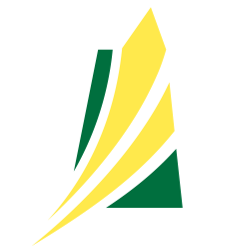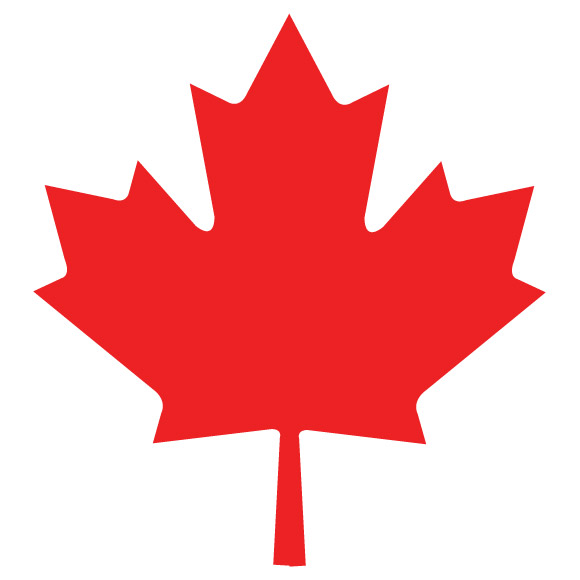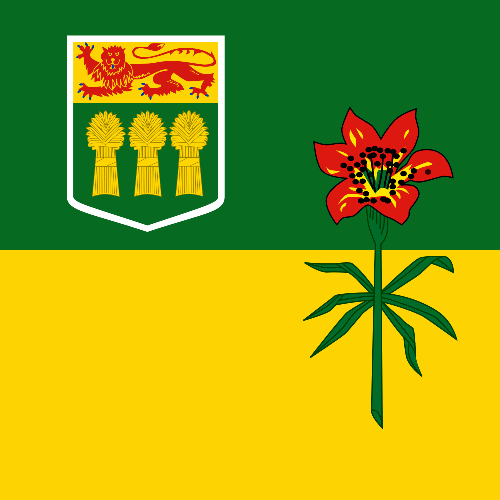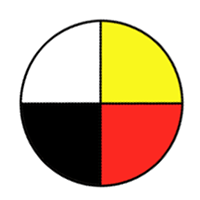Create and present a variety of visual and multimedia presentations including addressing various audiences for one proposal.
| (a) |
Explore ideas and express understanding using various visual and other representational techniques (e.g., storyboarding, scripting, concept mapping). |
| (b) |
Analyze, organize, and convert information into different forms (e.g., charts, graphs, drawings, movement). |
| (c) |
Create multimedia presentations to communicate information using resources such as overhead projectors, computers, recorders, and other presentation software. |
| (d) |
Integrate a variety of media (e.g., sound effects, mime, graphics, physical movement, short video clip) into oral and written representations to enhance the message. |
| (e) |
Use visual aids, media, and other technology to support oral presentations. |
| (f) |
Include visual aids by employing appropriate technology to organize and record information on charts, maps, and graphs. |
| (g) |
Experiment with representing in a variety of familiar and unfamiliar forms (e.g., video documentary on social issue, comic strip). |
| (h) |
Create, edit, and use sound files. |
| (i) |
Create, edit, and use video files. |
| (j) |
Adapt a print work to another medium (e.g., design a book jacket to sell the same novel to children, teens, or adults). |
| (k) |
Experiment with the use of technology in communicating for a range of purposes with a variety of audiences. |






